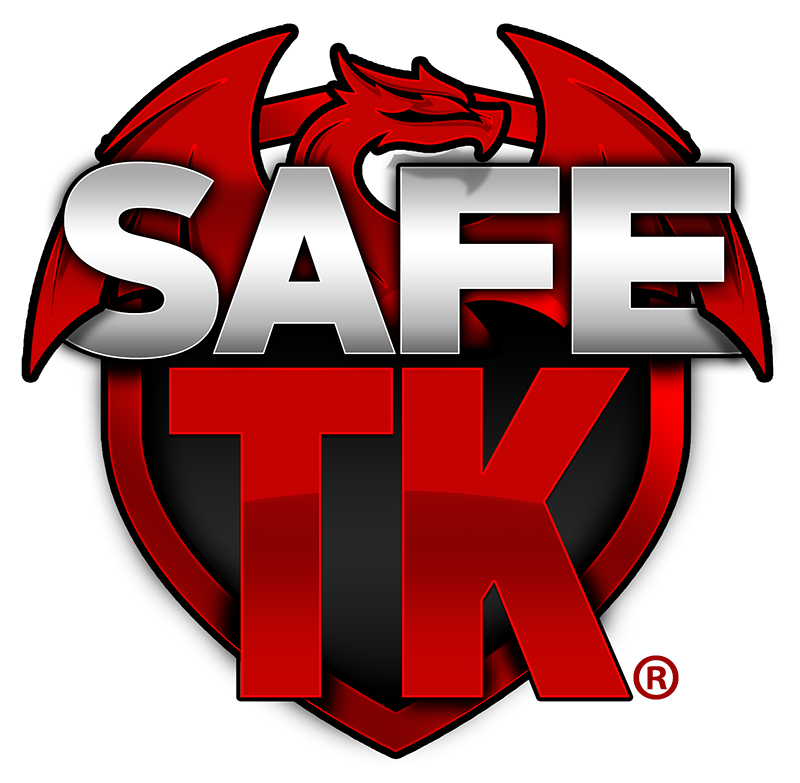The Benefits of Corporate Safety Standardization

Corporate Standardization is an effective tool for streamlining safety programs across multiple facilities. Over the past several years, TK Pro® and SafeTK ® have been used by several large power generation companies to implement standardized safety programs. Throughout the process, there have been a large number of benefits identified. The biggest benefit is a simplified process. Safety programs tend to work best when simplicity is the primary consideration. Here are some of the top simplifiers of corporate standardization plans:
- Cost Savings
Organizations regain profit due to drastically reduced man hours and decreased downtime.
- Audits
Internal and external auditors will see one consistent process with understandable documentation across multiple locations.
- Best Practices
Consolidate knowledge across multiple facilities, building collaboration and improving overall quality.
- Employee Mobility
Move labor force between facilities without jeopardizing or impeding the understanding of your safety program
- Training Cost Savings
Enables an organizational-wide training department while limiting the resources devoted to developing programs at individual locations
Determining the Most Effective System
Organizational culture usually lags behind technology upgrades, putting companies at risk for actually reaping the benefits of powerful new software implementations. At any given time, personnel may complete tasks several different ways within existing IT systems. This is a less than ideal practice, as experience reveals some practices to be more effective than others. As a result, companies must ensure employees follow a structured collection of proven practices. This is where safety standardization is at its most beneficial.
To determine the most effective system, management needs to lead an evaluation process. Generally, a representative from each department that will be utilizing the software are invited to participate. The purpose of the evaluation is two-fold: Testing show exactly what the best practices are for any given software tool, and it creates a sense of buy-in among users. When true buy-in exists, new processes are accepted more quickly and standardization is achieved much faster. In power generation, minimizing ramp-up time and reducing costs are key.
It is important that the users’ needs and capabilities are taken into consideration. A company will reap the rewards of standardization only when and if current personnel can execute the standardized processes. When beginning to standardize your process, it’s important to listen to users and ensure the processes put in place are in line with current and anticipated abilities. Following are three questions to ask employees.
How well is the current system meeting the organization’s needs?
What aspects could be changed?
What reporting abilities currently exist and which capabilities are needed?
After analysis, decision makers document the general and detailed requirements of the software and the processes needed to implement a long-term solution. From a strategic standpoint, top management is responsible for establishing employee-wide commitment to safety standardization as well as setting policies and providing the resources needed to guarantee standardization objectives are met. Documentation and expertise sharing are further strategic considerations. Standards and best practices will become part of the organization’s collective knowledge base.
Implementation of Standardization
In short, users need to understand tasks will be completed as efficiently as possible by drafting and adhering to a set playbook.
It’s important to be realistic about the resources required to execute standards. Take into account the hours required to train employees and personnel to launch the new best practices. Once a solution is chosen, test it, gain feedback from users and designate enough time to get the operation correct from the beginning. This beginning investment can result in long-term savings, as the organization will set a solid foundation for a successful implementing operation. Gauge the initial implementation phase and utilize that information to assure future installations are executed even more smoothly. The more ordered the integration process, the less resistance will be encountered, leading to enhanced operation standards and reduction of downtime.
After standardization, you can expect extensive savings and a boost in staff productivity. Standardization not only improves the support to end users, but it also reduces the cost of service and improves long-term reliability and stability.
The Benefits of Safety Standardization
A single software solution simplifies employees training, is more time-effective and produces greater proficiency. Troubleshooting and upgrades are easier to manage with a single software solution. Because standard configurations can be replicated across many locations and workstations, users will not need to spend time becoming familiar with multiple applications.
Standardization profoundly affects communication among departments and satellite offices, as well as enable data comparisons to be more efficient and reliable. For example, two sites in different locations use different programs to generate data. Analyzing this data becomes difficult as information appears in different formats and must be re-entered into a single file format for it to be compelling. This process is time-consuming and opens the door to data entry error. However, through standardization, information can be stored and generated from a single reliable source in a unified format, making the sharing and reporting of data timelier and more efficient. To truly maximize a software system’s capabilities and reap the rewards of its powerful tools, standardized business processes must be adopted and embraced throughout an organization’s structure. When this happens, expect productivity and efficiency to increase—maximizing the company’s ability to deliver services on time and within, or below, budget.
With TK Pro® and SafeTK® our users report up to an 80% reduction of permit issuing time which equates to a staggering amount of regained profit due to drastically reduced man hours and decreased downtime. It’s not just about automating your permitting system but choosing the right permitting software.
